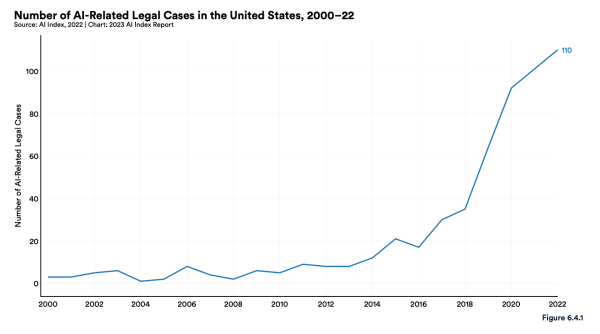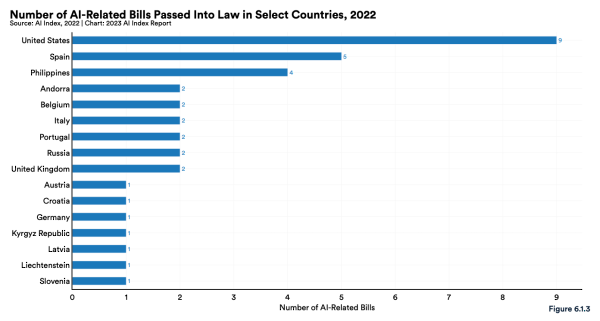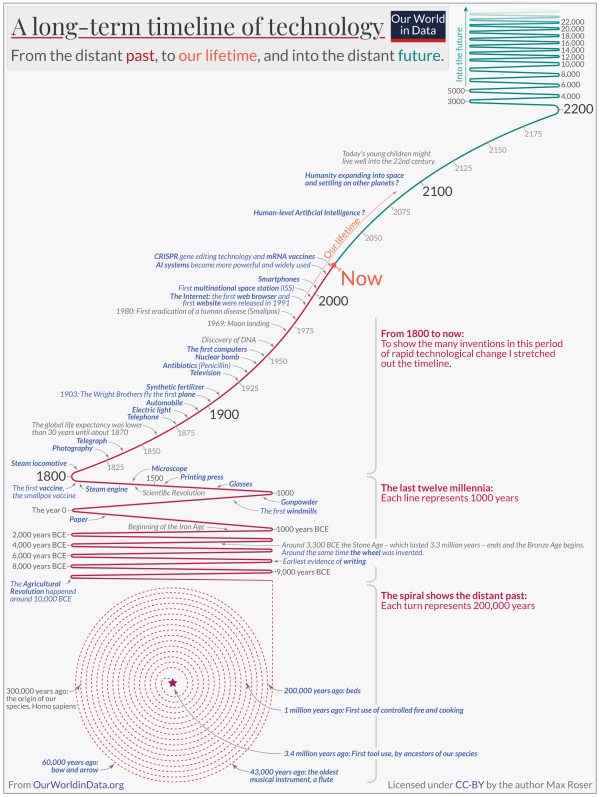Many of our best decisions, timeliest course corrections, or most significant innovations occur after a seemingly disastrous occurrence. That's why many psychologists and self-help gurus encourage people to focus on the hidden gift that many of these experiences provide.
It's there if you look for it. That painful event becomes the catalyst for either something new, a better way, or a level-up.
Of course, that's not the case for everyone or every event … It takes the right mindset and the right actions to turn a trial into a triumph.
As we come out of a massive world transformation, and into a new one with the surge in A.I., I think back to 2008 and how a prior incarnation of algorithms fared against it (spoiler alert: not nearly as well as this time). They say the things that don't kill you make you stronger. Here's my trial into triumph story about that.
Too many people become a victim of their circumstances instead of choosing to be the master of their destinies.
Life's harder for people that live a life of least resistance. Doing the hard things, and making the most of bad times, makes your life not only better … but, ultimately, easier.
Tony Robbins calls this Threshold of Control. If you push through the fear and the struggle … as you persevere, eventually, what was scary becomes easy. You've increased your threshold, and that's often a permanent improvement.
Examining several instances from my past, here is a list of the seven steps I use to transform almost any situation.
Seven Best Practices for Uncertain Times.
- Accept Reality: We are where we are. Focus on being complete with what happened before this – and think about this as a new beginning with an even bigger future.
- Do Something Positive: Take action and build momentum and confidence. Big wins are great. Yet, in scary times, even small items are worth noting, building upon, and stacking. Let progress build positive momentum for you.
- Take Care of Yourself: Increase your physical activity, meditation, and massage. Take time to eat and sleep well. Many studies show decision-making suffers when you're stressed. Taking care of yourself goes a long way to making many other things better.
- Communicate More: The natural tendency is to hide or to recuperate in private. Instead, be open and receptive to help and ideas from friends, partners, or wherever it may come.
- Creative Destruction: The old game and the old ways of thinking are over. Shift your energy to what is working. Commit to the result you want rather than the process.
- Increase Your Options: It often takes a different level of thinking to solve a problem than the level of thinking that got you there in the first place. So, be open to new opportunities, new possibilities, and more ways to win.
- Choose a Bigger Future: Instead of resigning yourself to playing small and doing with less, recognize that a clearing creates space for something even better. Choose what you want and call it into existence through your thoughts and actions.
They say everything happens for a reason. The secret is that you get to choose the reason, what it means to you, and what you're going to do about it. Choose well, and someday you could look back on this time as one of the best things that ever happened to you.

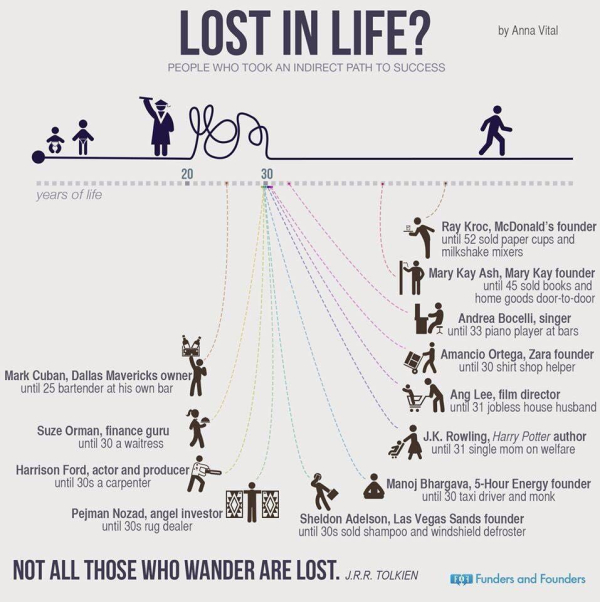
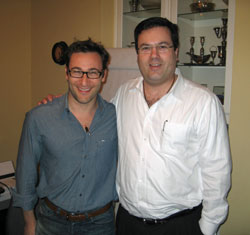 Inspiration is stronger than persuasion. It gives people a sense of purpose and belonging that has little to do with external incentives or benefits.
Inspiration is stronger than persuasion. It gives people a sense of purpose and belonging that has little to do with external incentives or benefits. "MEN WANTED FOR HAZARDOUS JOURNEY. SMALL WAGES, BITTER COLD, LONG MONTHS OF COMPLETE DARKNESS, CONSTANT DANGER, SAFE RETURN DOUBTFUL. HONOUR AND RECOGNITION IN CASE OF SUCCESS.
"MEN WANTED FOR HAZARDOUS JOURNEY. SMALL WAGES, BITTER COLD, LONG MONTHS OF COMPLETE DARKNESS, CONSTANT DANGER, SAFE RETURN DOUBTFUL. HONOUR AND RECOGNITION IN CASE OF SUCCESS.

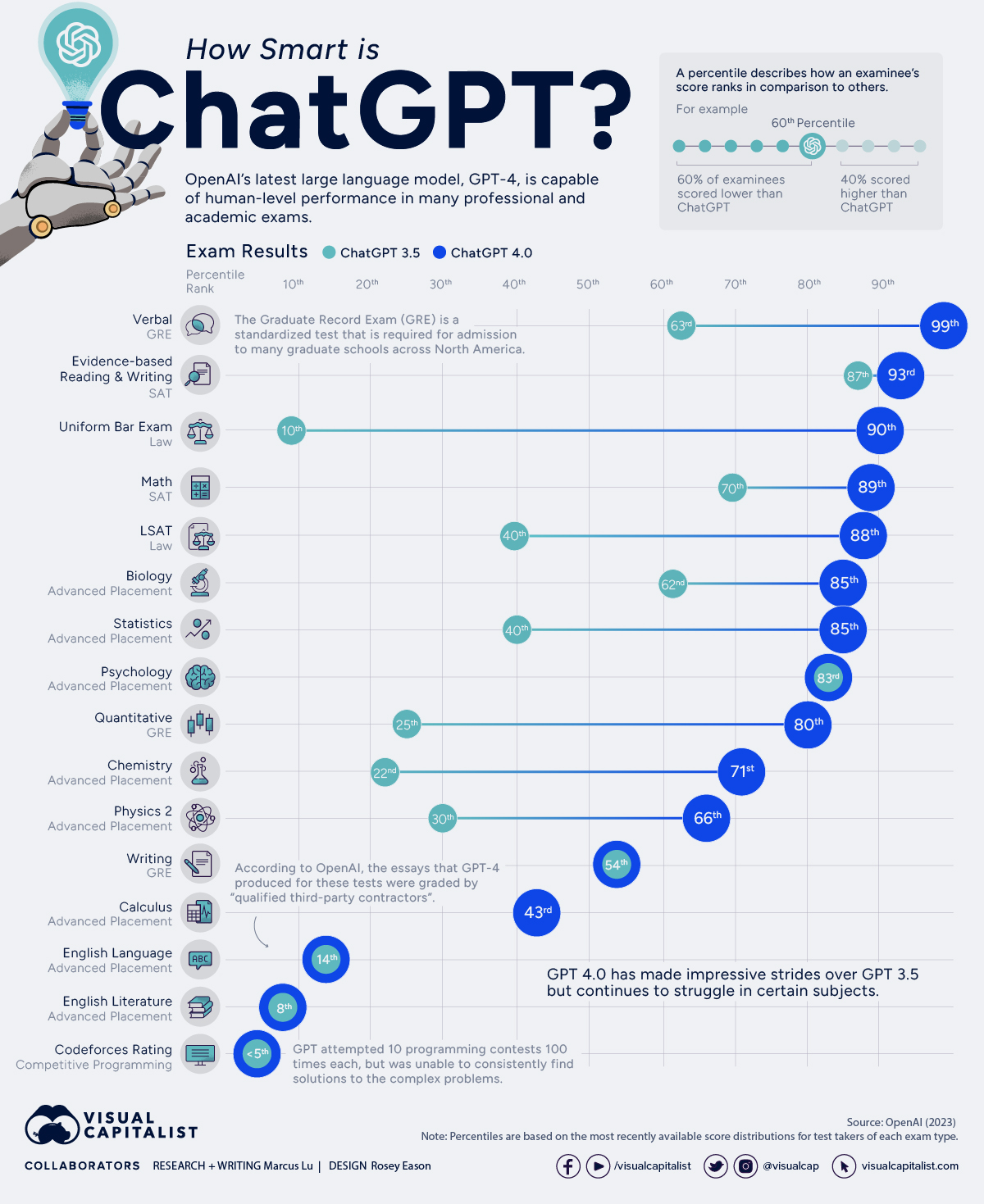
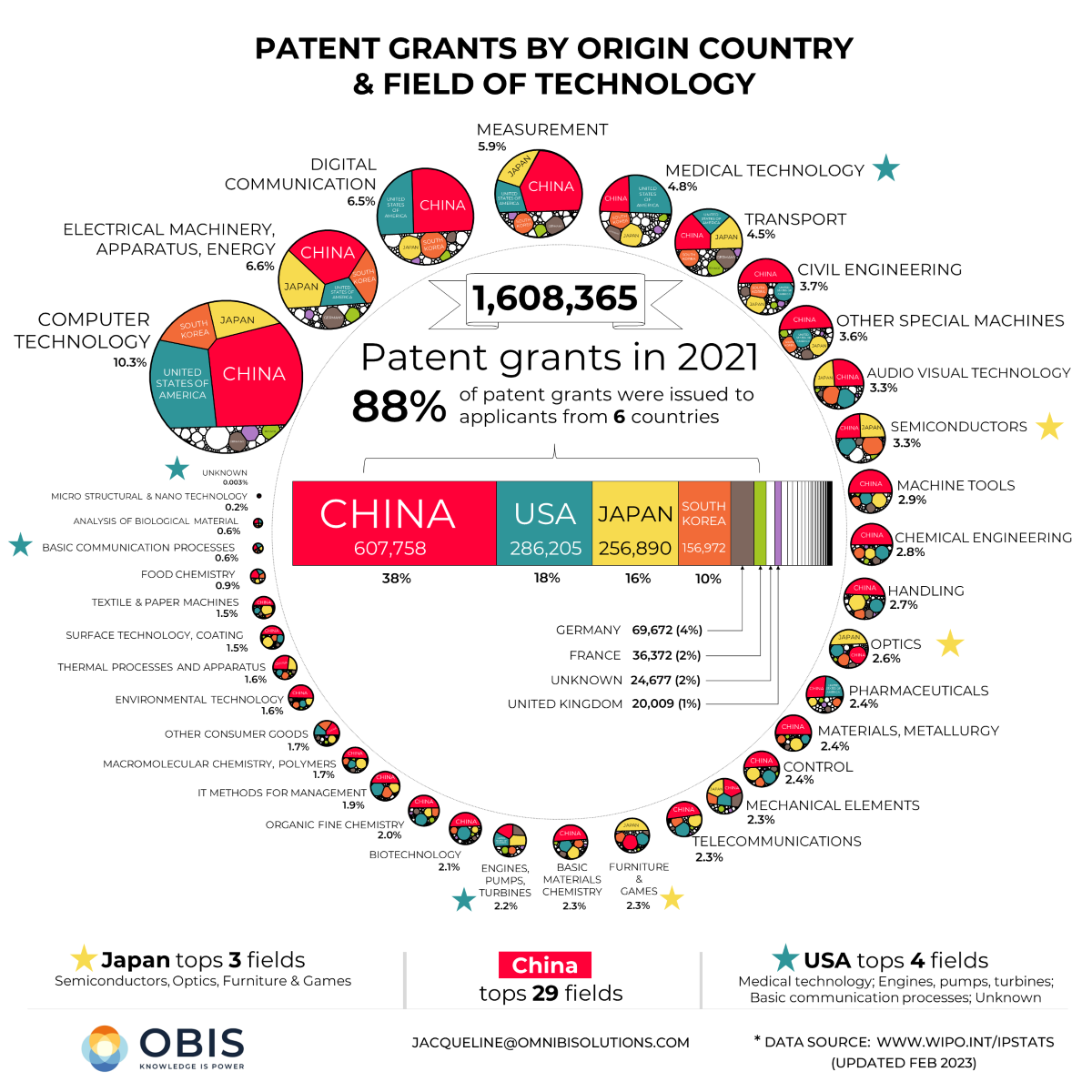
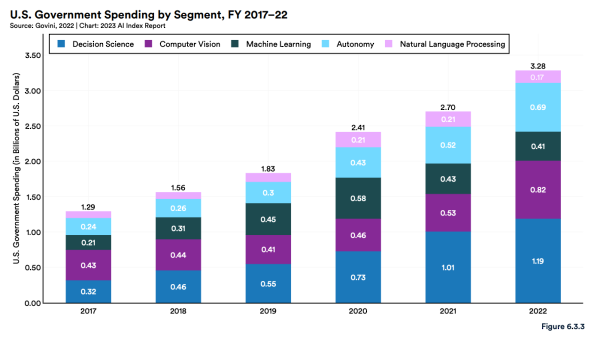
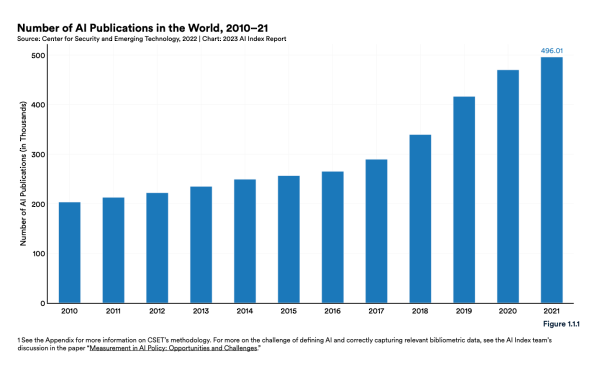
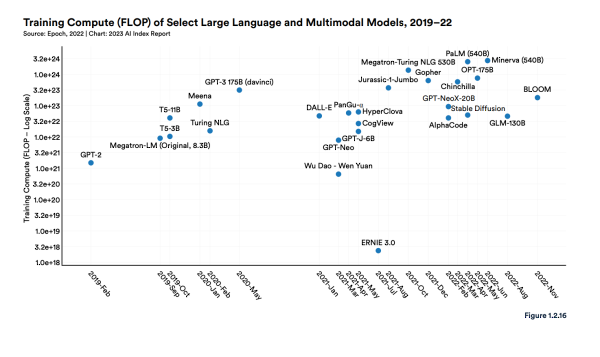
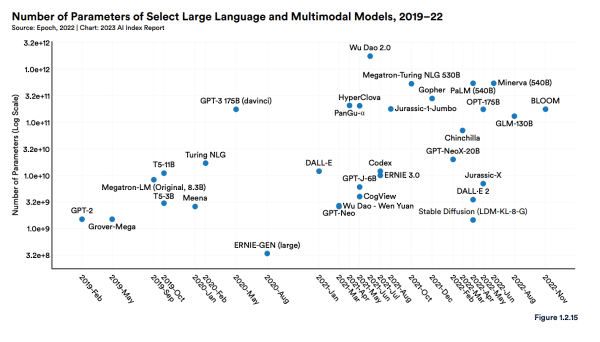 via
via 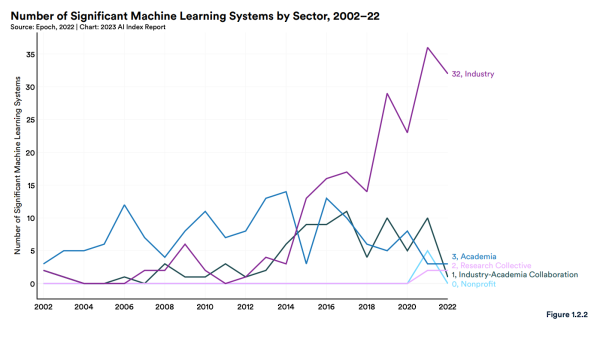
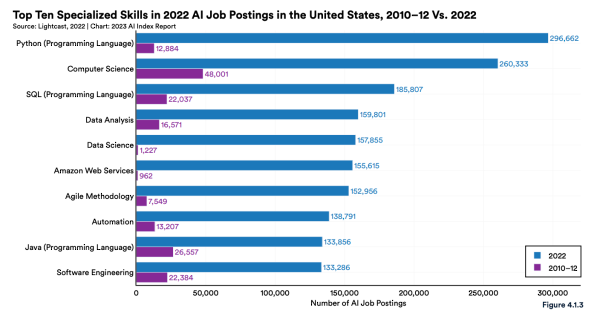 via
via 